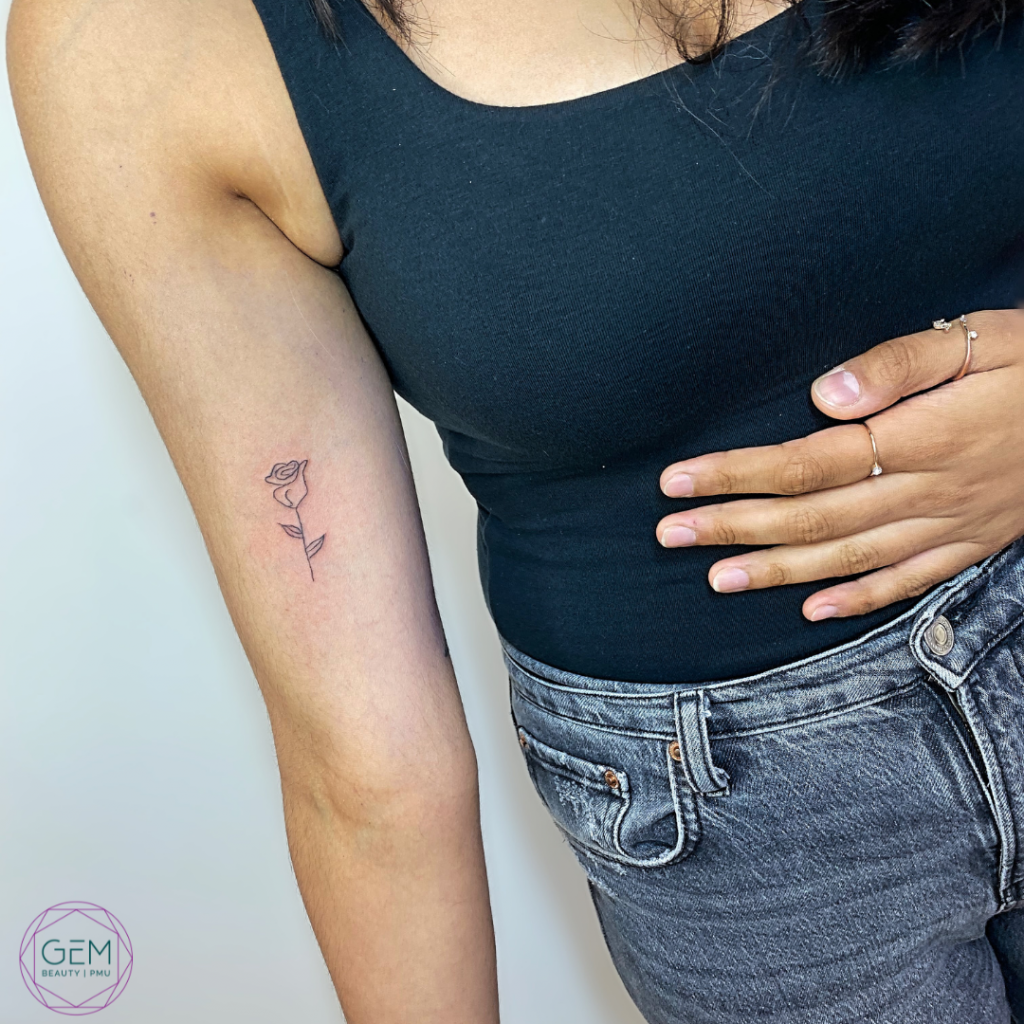The intersection of Bahá’í teachings and the realm of media is an area replete with substantial implications for journalism’s ethical responsibilities. The principle of truth, deeply woven into Bahá’í tenets, serves as a guiding light for understanding the fine line that journalists must navigate in their pursuit of reporting. This exploration delves into the essence of truth as perceived through Bahá’í philosophy, juxtaposed with the complex dynamics of modern journalism, ultimately revealing the profound responsibilities borne by those who claim the mantle of the journalist.
At its core, the Bahá’í Faith espouses the notion that truth is not merely an abstract concept, but a tangible reality intricately linked to human understanding. The Bahá’í teachings stress the importance of seeking truth through a lens of justice and equity, urging followers to eschew prejudice and possess a genuine openness to diverse viewpoints. It is through this egalitarian perspective that one begins to comprehend the intrinsic responsibilities that weigh upon journalists as they interpret and disseminate information to the public.
Journalism is often heralded as the guardian of democracy, a crucial mechanism through which society engages in discourse. However, beneath this exalted purpose lies a multitude of challenges. Information today is disseminated with unprecedented speed, and the proliferation of digital platforms complicates the landscape wherein truth must be discerned. The Bahá’í emphasis on unity and the oneness of humanity underlines the peril that arises when media becomes a tool for division rather than a vehicle for understanding. The responsibility to uphold the integrity of truth in reporting is paramount, not simply for the preservation of democratic ideals, but for the very fabric of societal harmony.
The concept of “truthfulness” in Bahá’í writings extends far beyond simple factual accuracy. It invokes sincerity in thought, word, and deed. Journalists must grapple with the nuances of this notion, recognizing that while the presentation of facts is imperative, the manner in which they are conveyed can drastically shape public perception and, consequentially, societal norms. This duality presents a fine line between reporting facts and framing narratives. The ramifications of such framing can be profound—a misleading presentation may lead to the propagation of stereotypes, unfounded fears, or even social discord.
Bahá’í principles advocate for a high standard of integrity in communication. This edict prompts an exploration of the ethical obligations that journalists hold. The pursuit of sensationalism or the desire for higher viewership may lead media professionals to eschew responsibility. It is incumbent upon journalists to reflect upon their approach, employing self-regulation and conscientiousness as they engage with the profound duty of informing the public. Herein lies a reflection of the Bahá’í teaching: that the quest for truth must be unwavering, despite the alluring nature of sensationalism that pervades contemporary media.
Furthermore, the topics covered in journalism often oscillate between the sensational and the mundane, and the juxtaposition of these narratives necessitates discernment. Respect for the dignity of individuals, a vital tenet in Bahá’í teachings, calls upon journalists to wield their pens with care and responsibility. Stories ought to be presented in a manner that honors all subjects involved, avoiding a gaze that objectifies or marginalizes. The quest for balance between compelling storytelling and ethical reporting embodies the essence of the oft-cited “fine line,” which, while precarious, is navigable with steadfast commitment to ethical principles.
In a technologically advanced age, the media landscape has transformed, introducing challenges that Bahá’í teachings systematically address. The rise of social media has democratized the publication process, allowing countless voices to emerge. However, this democratization often blurs the lines of accountability. The propagation of misinformation and the spread of divisive rhetoric exemplify the necessity for journalists to exercise critical discernment. Engaging rigorously with sources, verifying information, and cultivating transparency become not just best practices, but ethical imperatives resonant with Bahá’í values.
Equally, the Bahá’í teachings promote the idea of universal education as a cornerstone for the advancement of both individual and collective understanding. Journalists are, in many ways, educators, shaping the collective consciousness of society. In adhering to the ideals of truthfulness, journalists help cultivate a more informed populace, one that possesses the ability to critically engage with the complexities of contemporary issues. The cyclical relationship between journalism and education serves to enhance the societal capacity for empathy and understanding, a core aspiration of the Bahá’í Faith.
As we navigate the evolving landscape of journalism, it becomes increasingly clear that the underlying principles of Bahá’í faith can yield tremendous insight into the virtues that should guide media professionals. The harmonious pursuit of truth, coupled with an unwavering commitment to ethical responsibility, provides a robust framework for addressing the multifaceted challenges facing journalists today. Ultimately, the fine line that journalists tread between truth and their role as storytellers demands a profound sense of accountability—instead of being mere vessels of information, journalists are called to be agents of enlightenment, weaving together narratives that reflect the shared humanity of all.
In summary, the intricate dialogue between Bahá’í teachings concerning truth and the practice of journalism illuminates a path laden with both opportunities and challenges. The responsibilities accompanying the power of the pen are immense, and heeding the call to uphold truth can contribute to a media landscape that fosters understanding, unity, and the progress of society as a whole.
